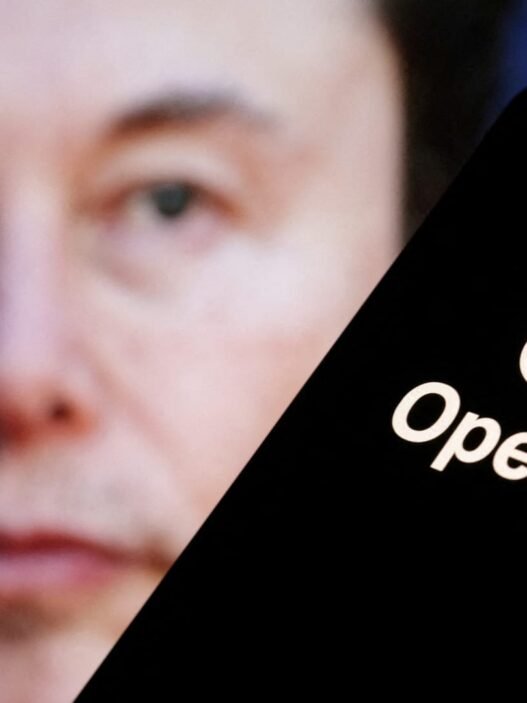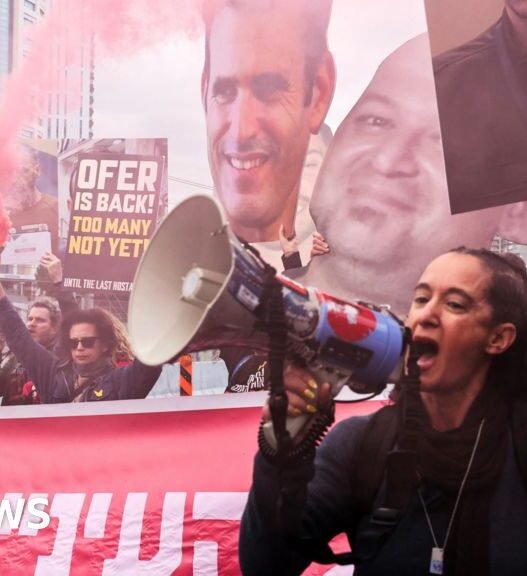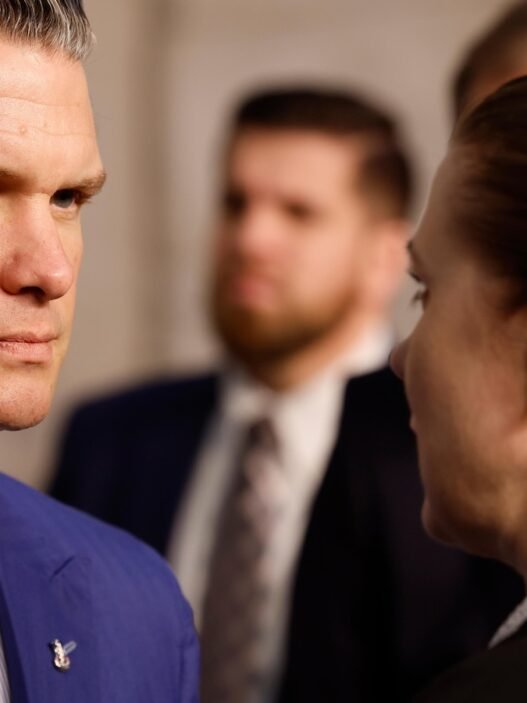MEXICO CITY — When Angelica Delgado took a one-way flight to Mexico as she fled Cuba in December, she was set on seeking asylum in the United States.
But after President Donald Trump effectively slammed the door on asylum-seekers crossing the U.S. border when he took office last month, the 23-year-old recalibrated her plans.
She decided she would seek protection in Mexico.
“Like almost all Cubans, our objective was to go to the United States,” she said. “It wasn’t in our plans to stay, but now we have to face reality.”
Amid a clampdown on asylum under Trump and tightening restrictions in recent years under the Biden administration, Delgado is among a growing number of migrants from across the world to ditch — or at least pause — their ambitions of reaching the U.S., and focus instead on building a life in Mexico.
Migrants trying to apply for asylum in Mexico in January more than tripled compared to the monthly average from the previous year, according to an international official with knowledge of the numbers who was not authorized to discuss them publicly. Mexico’s refugee agency has not yet published figures for January.
“All of these policies Trump is pushing are leading more people to seek international protection in Mexico,” said Andrés Ramírez, former director of the Mexican Commission for Refugee Aid, which processes asylum cases.
Delgado was among hundreds of migrants from Cuba, Venezuela, Haiti, Afghanistan and other countries gathering outside the refugee agency in Mexico City after Trump unleashed executive orders last month meant to slash access to asylum and militarize the border.
The Associated Press spoke to around a half-dozen people who had asylum appointments in the U.S. through the Biden-era app, CBP One, that Trump canceled on Inauguration Day. They were left stranded on the Mexican side of the border, their dreams of a legal pathway into the U.S. snuffed.
Many more said they now intended to seek asylum in Mexico, citing increasingly harsh restrictions in recent years in the U.S. or what they said was anti-immigrant sentiment there.
“Now, it’s the Mexican dream,” said a Mexican man helping Haitian friends try to get an appointment this month to apply for asylum in Mexico following the Trump executive orders.
Delgado, her partner and many others had put their hopes on pathways opened by the Biden administration to legally seek asylum in the U.S. They said they had no intention of hiring a smuggler to enter the U.S. illegally.
They said the risks of returning to Cuba were too great following a government clampdown on protests in recent years.
“Crossing illegally isn’t an option for us. We’d rather stay here” in Mexico, Delgado said, adding that if they crossed illegally into the U.S. and were caught “they’ll deport us and they’ll send us back to Cuba.”
Delgado, who is an architect, and her partner, a doctor, aren’t able to work in their fields in Mexico because their training in Cuba is not recognized there, she said. So for now she’s washing dishes in a market.
Mexico has long opened its doors to refugees and exiles, but asylum applications have soared in recent years, growing from 1,295 in 2013 to a record 140,982 in 2023.
That number dipped to 78,975 in 2024, as the CBP One app allowed migrants in southern Mexico to apply for appointments for entry into the U.S. before heading to the northern border.
The rise in petitions for asylum in Mexico may not result in an immediate uptick in refugees there as only a couple hundred applications can be processed each day, fueling criticism about Mexico’s capacity to take on the burgeoning asylum demand.
Amid criticisms over the backlog, President Claudia Sheinbaum has sharply boosted funding for Mexican agencies handling migration and asylum.
Venezuelan asylum-seeker Harry Luzardo, 37, said life in Mexico is an improvement after scrambling for years to scrape by in Ecuador and Chile.
Ecuador, Chile, Peru and Colombia were once the epicenter of the exodus of 8 million people from Venezuela, fleeing spiraling economic and political crises.
But with little international aid and an array of their own economic and security crises, Chile was among countries that began closing their doors to migrants.
“In Chile, you don’t receive any kind of support,” Luzardo said, waiting patiently in line earlier this month to make an asylum petition request in Mexico City. “In Chile, there’s nothing for migrants.”
Luzardo left Venezuela four years ago, but unable to get legal status to stay and work in Chile, he decided he’d try his luck at reuniting with family in the U.S.
Now, with that door closed, Mexico is his plan B.
“For now, I feel good here,” he said. Still, he conceded, he’d rather be in the U.S.











